4 digital images, 2025
Five viral AI-generated images from the Trump era went viral on social media: Trump depicted as the Pope, as Superman, wielding a lightsaber, as a golden statue, and lounging poolside in Gaza. These polished deepfakes spread across platforms, sometimes as jokes and sometimes as serious propaganda, forever changing how we consume media.
But when you run these same images through Disco Diffusion—an AI tool that was cutting-edge in 2022 but now feels ancient—something interesting happens. The fake authority of these images falls apart completely. The papal throne turns into messy golden streaks. The lightsaber becomes a bleeding neon blur across shapes you can't even recognize. Just three years between AI generations, and the technology that once seemed so advanced now looks like digital archaeology.
_1.png)
_7.png)
_1.png)
_0.png)
1 looping video and 2 digital images, 2025
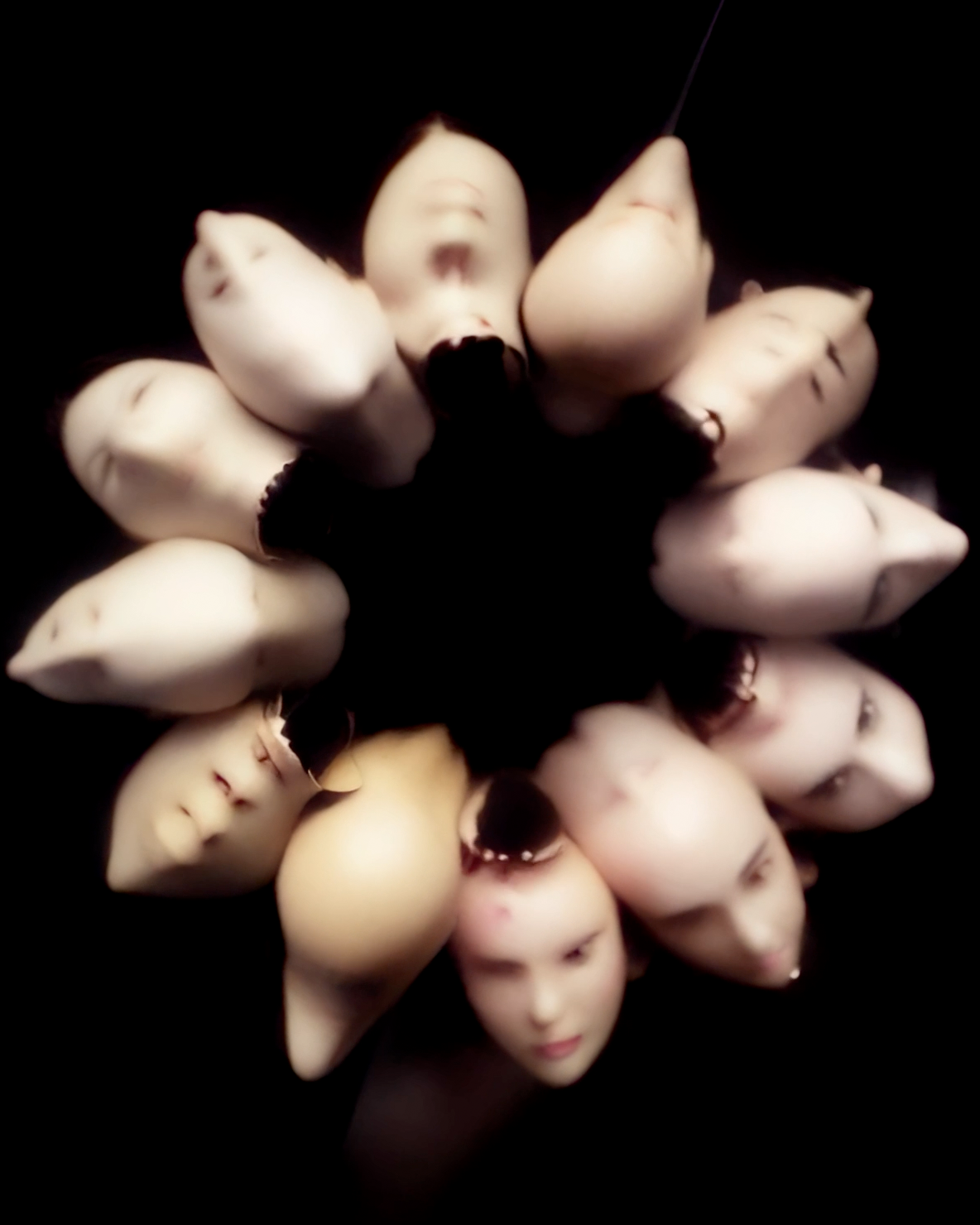
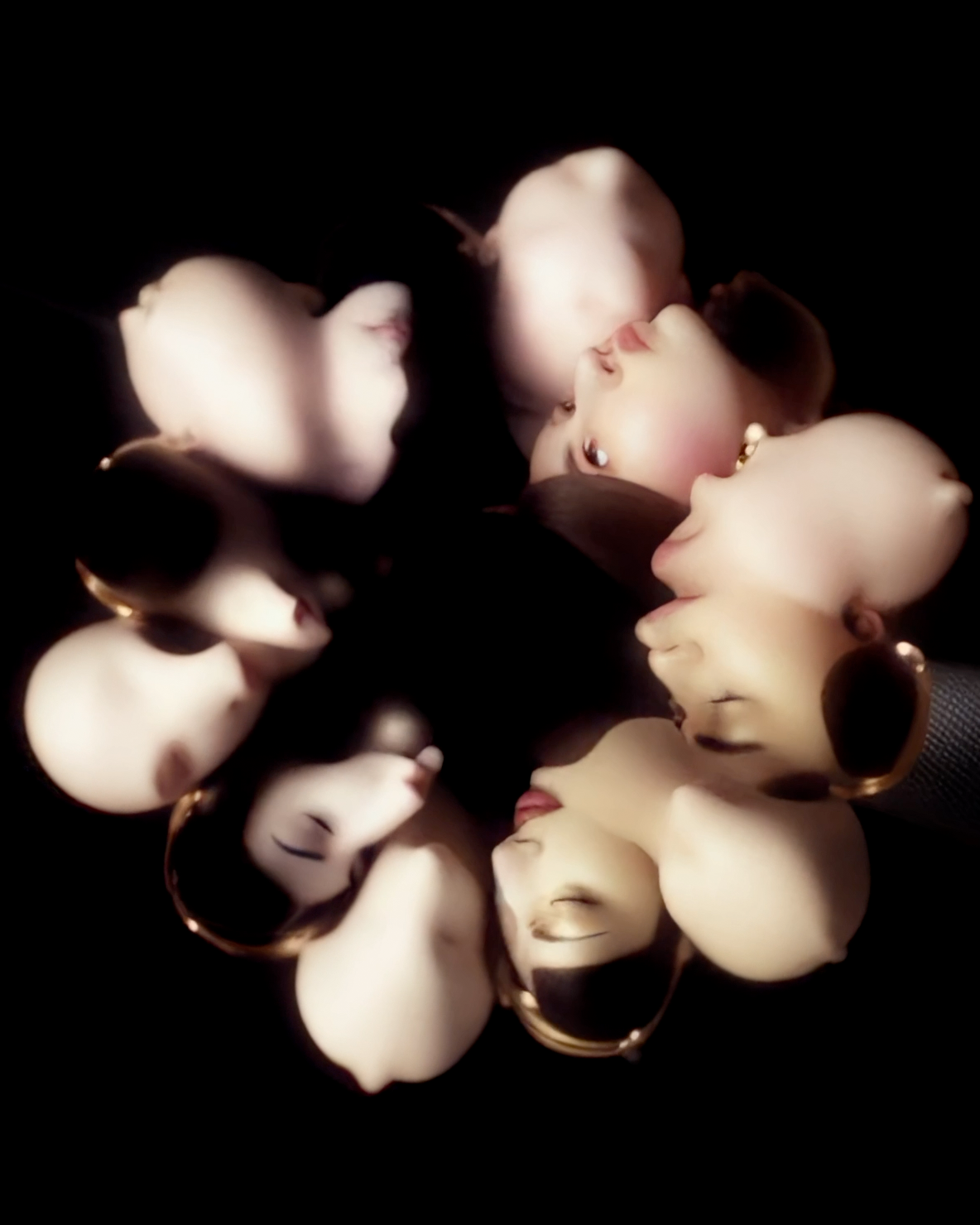
4 digital images, 2025


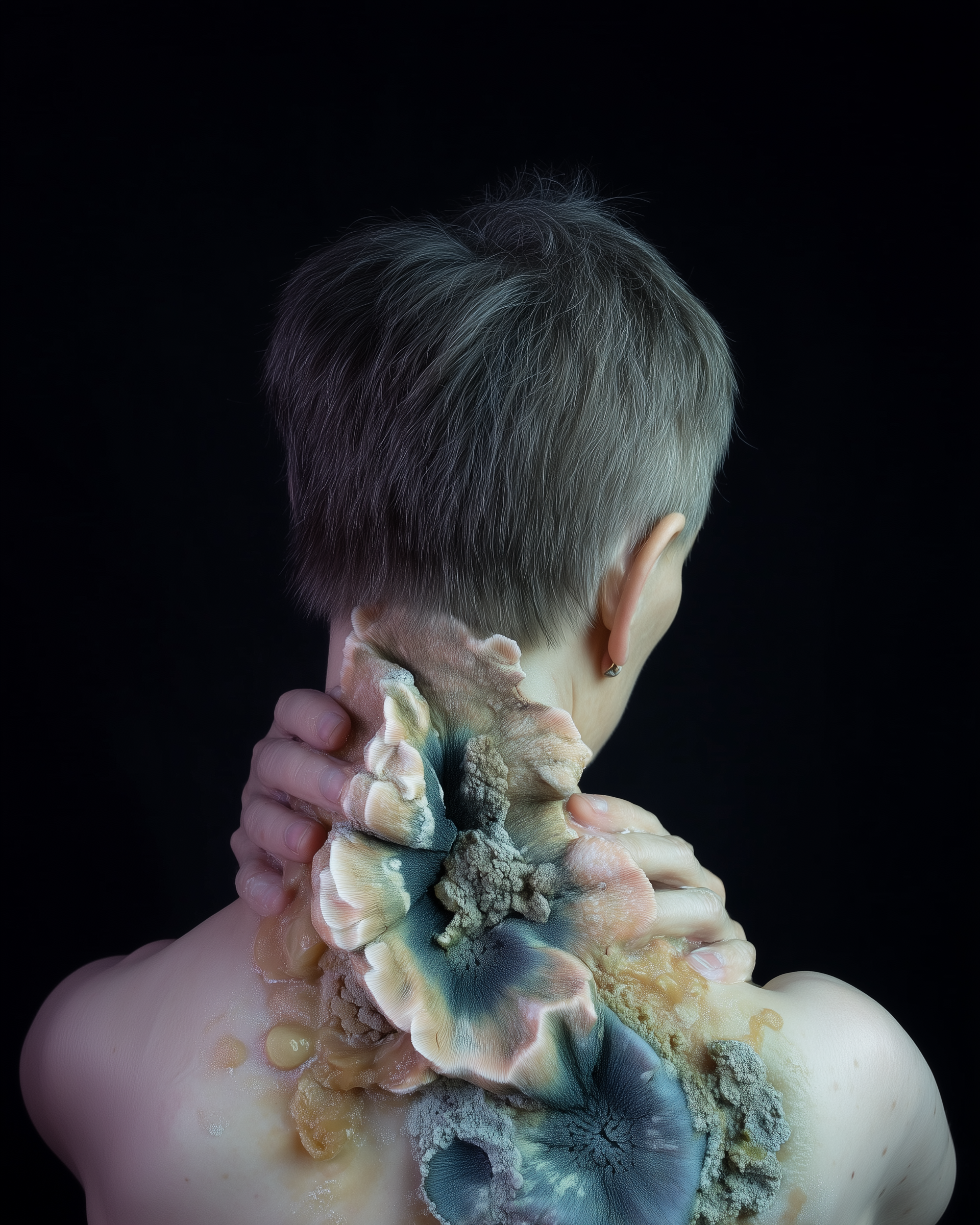
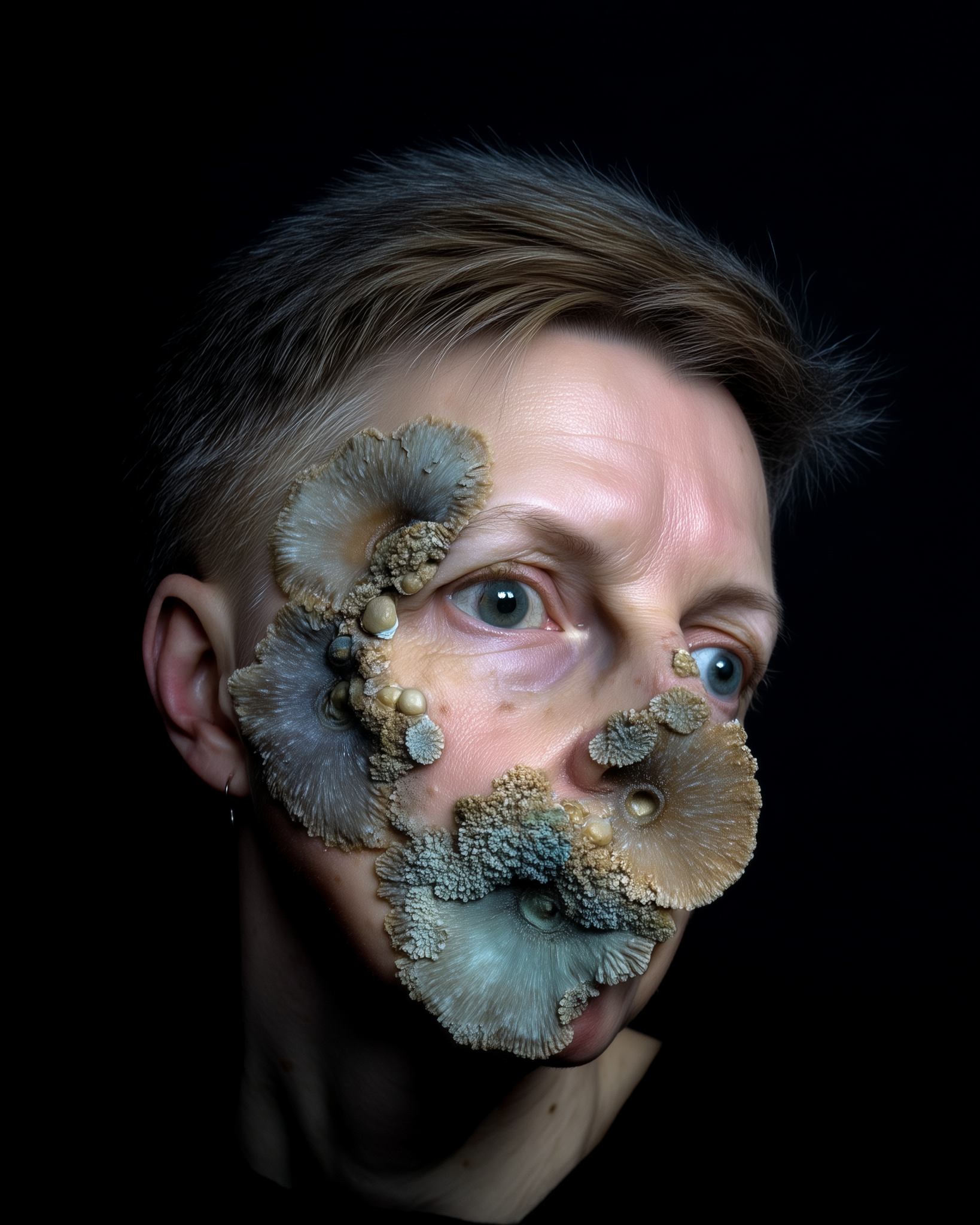
Print on paper with pen drawing, 2025
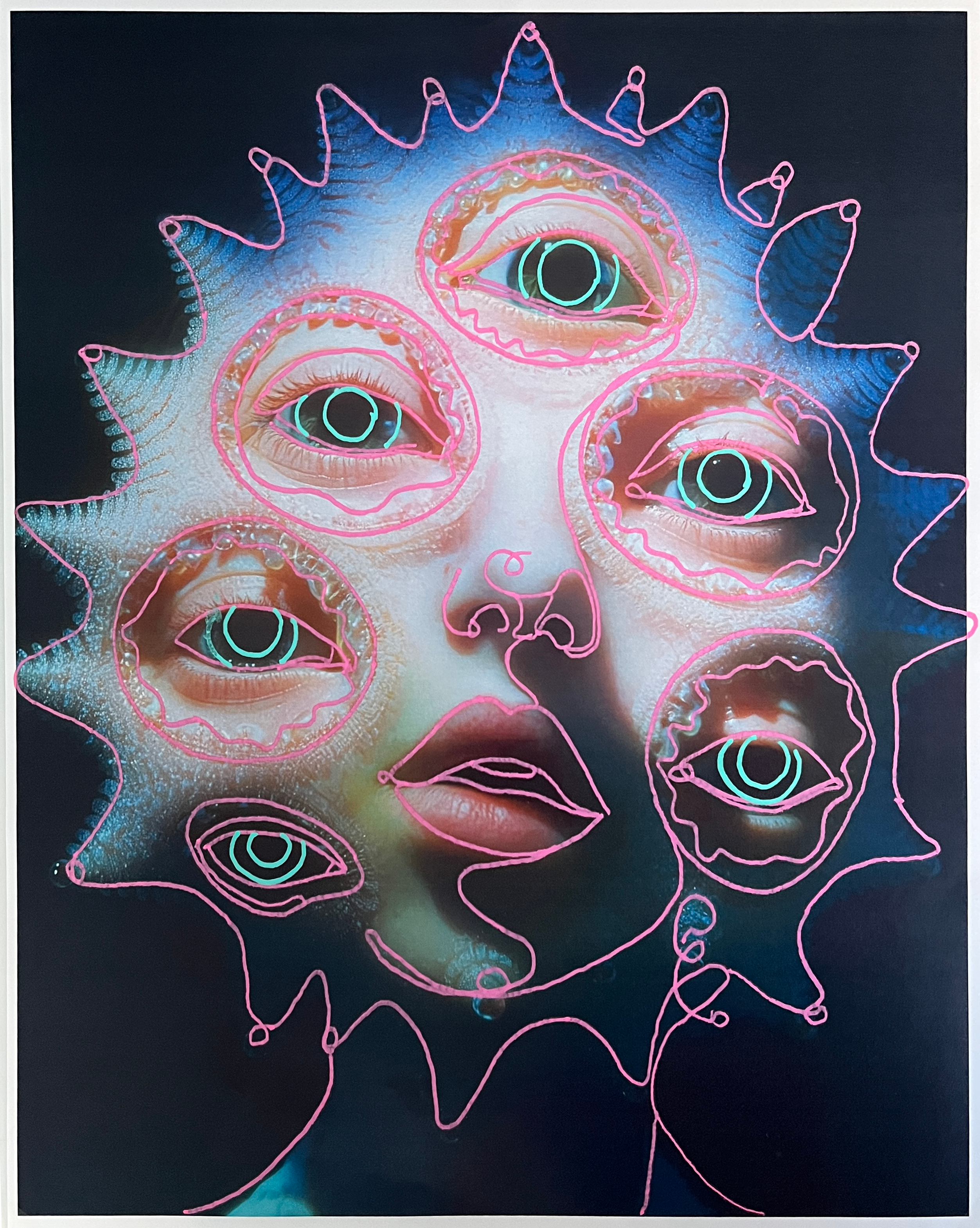
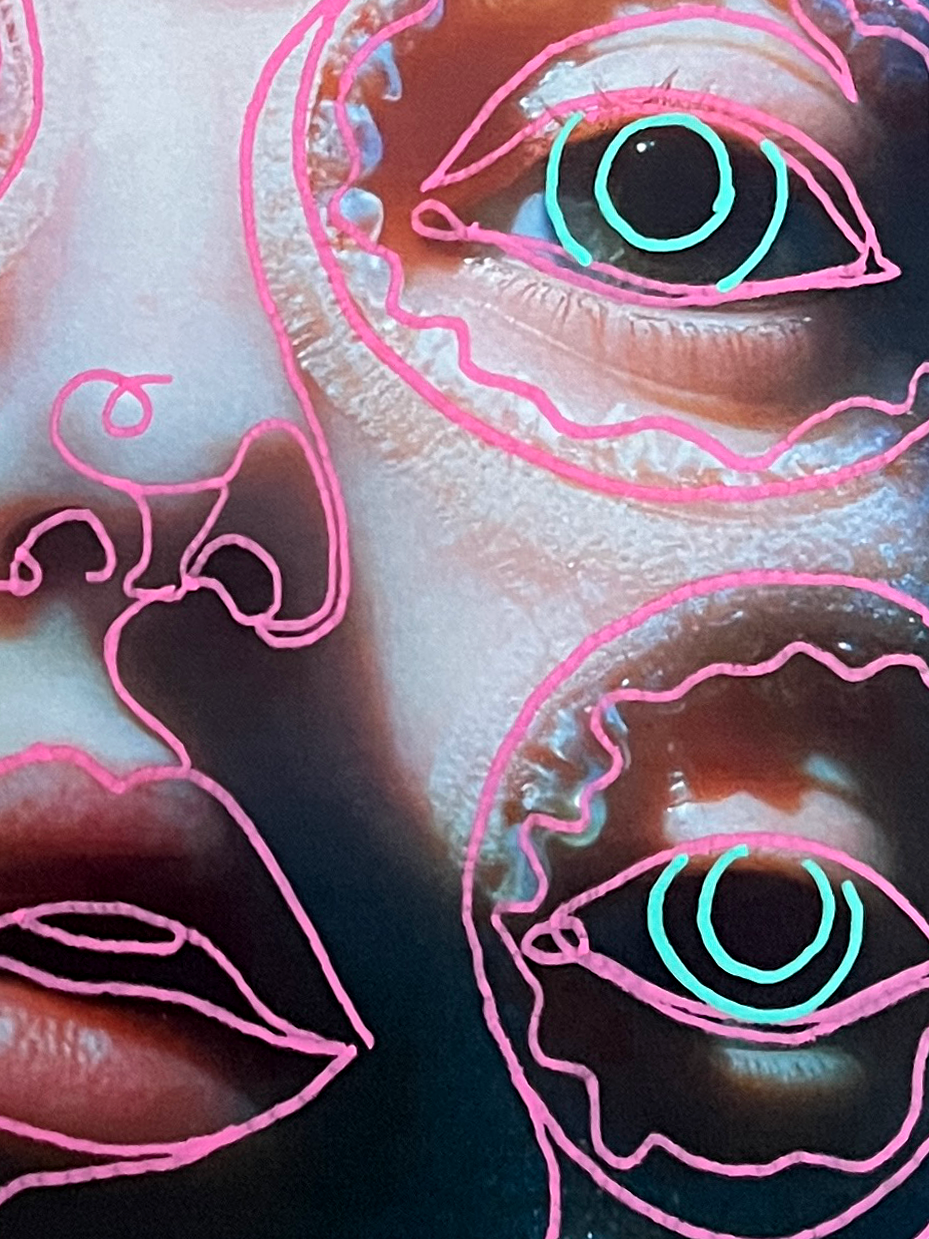
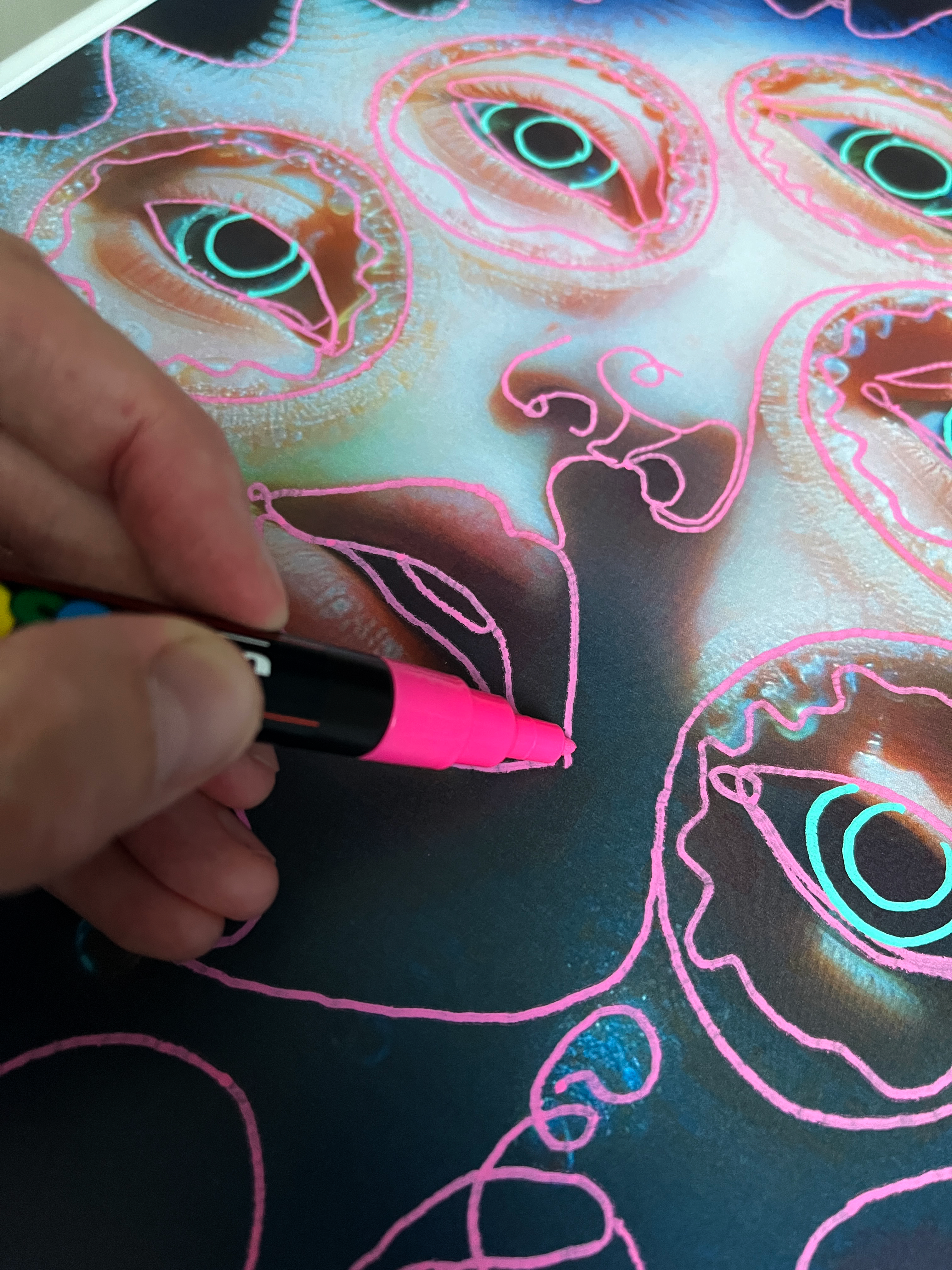
4 digital images, 2025




4 digital images, 2025

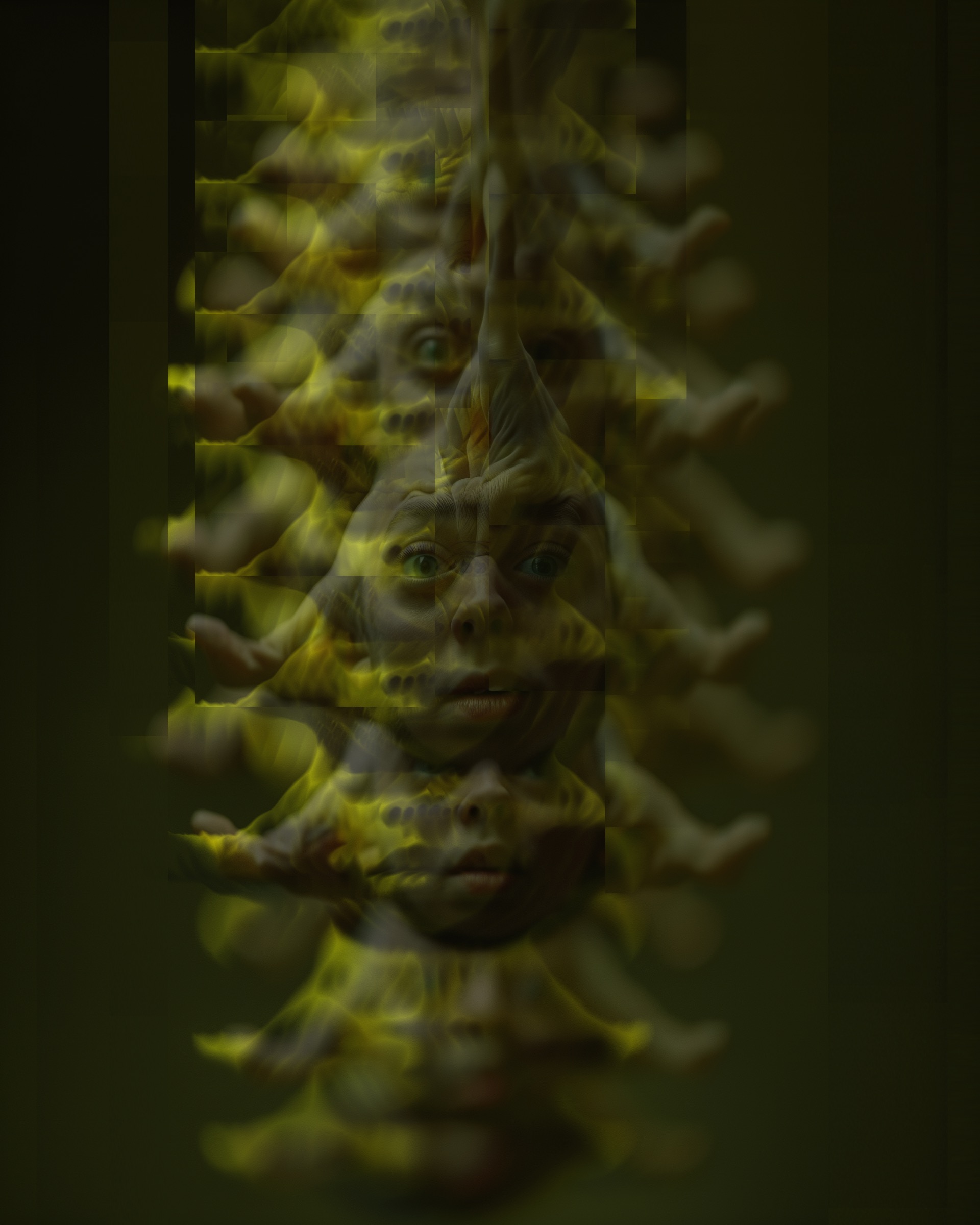

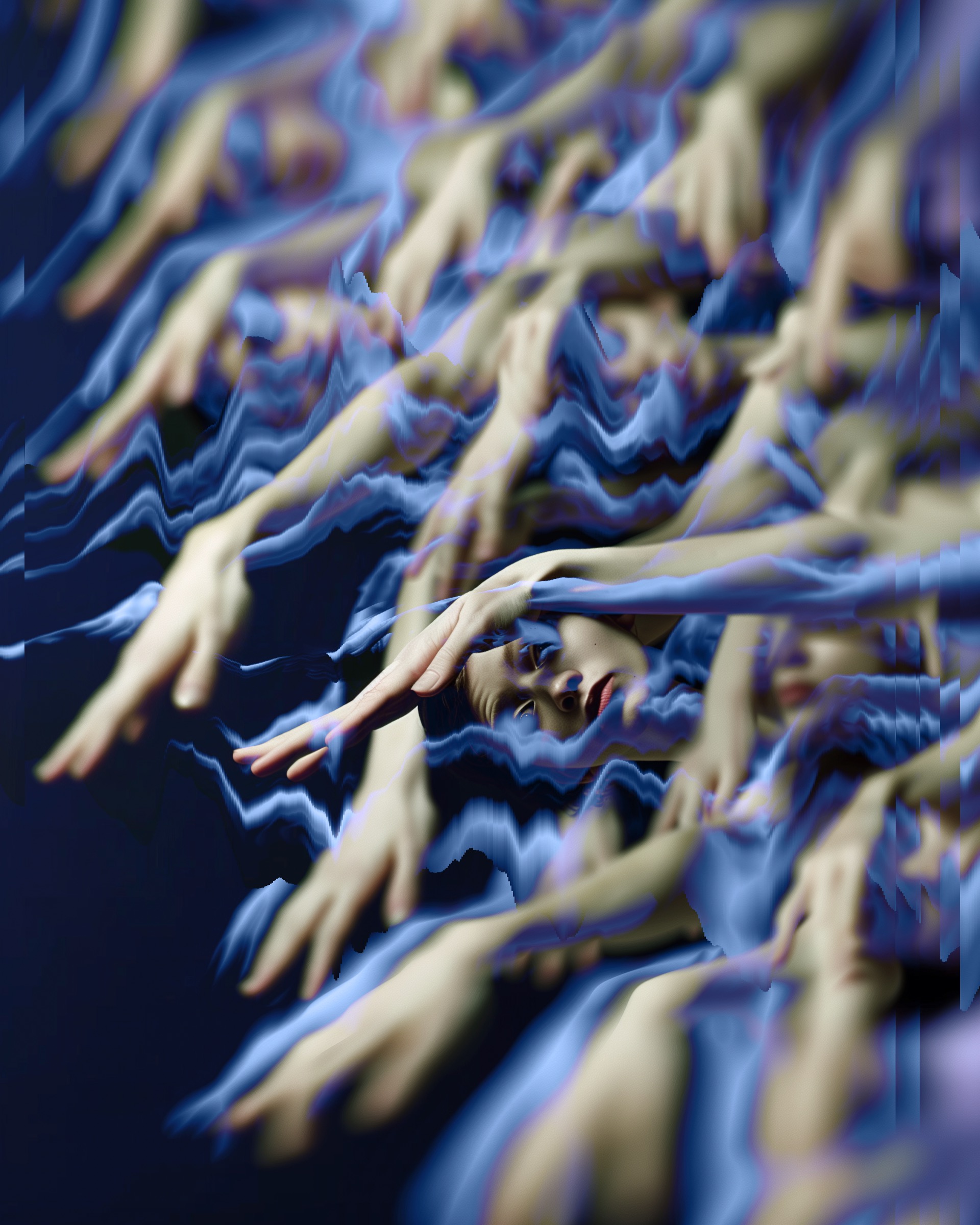
Short film, 2025

1 looping video and 3 digital images, 2024



Instagram profile, 2024

In 2024, as image-generating AI tools surged in popularity, I began an investigative project with a simple but pressing question: How does AI depict LGBT+ people and other gender minorities? Using identical prompts across five major platforms, I compared how these systems “imagined” queer and trans identities.
The results became an Instagram-based archive of generated images paired with my reflections. While no longer active, the account serves as a time capsule, documenting the biases and blind spots of early generative AI. It records how machine systems often reduced complex identities to clichés, distortions, or invisibility.